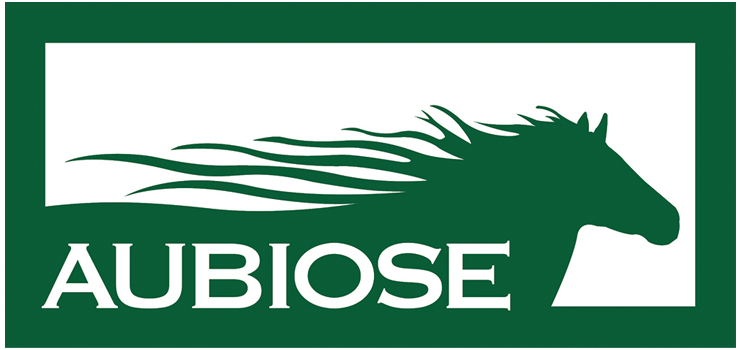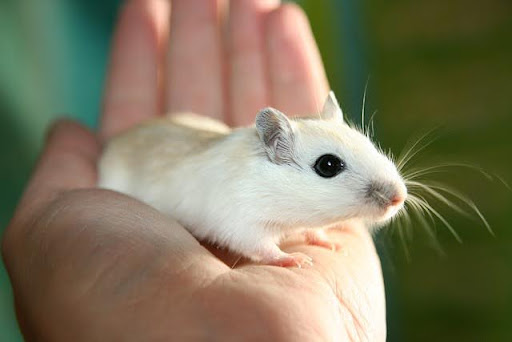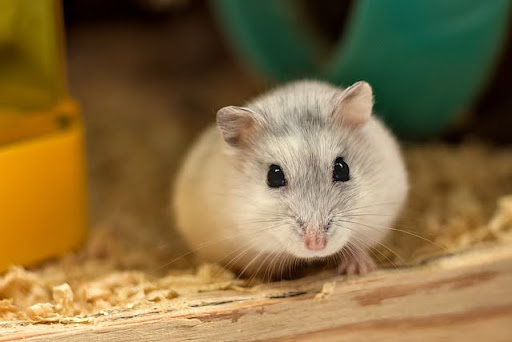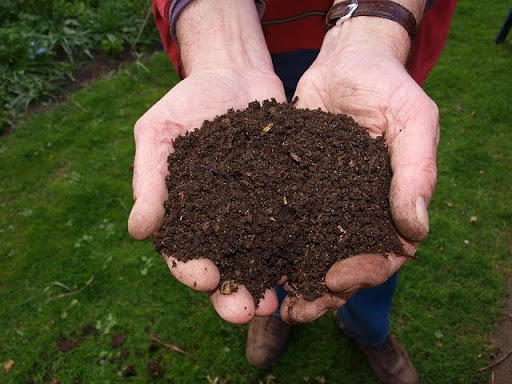In the world of poultry farming, bedding is an essential element not to be overlooked. The quality of bedding is crucial as it reduces the risk of respiratory diseases and sores caused by excessive humidity.
If your chickens have the privilege of frolicking on soft and comfortable bedding, they will undoubtedly be happier. This is a significant argument if your chickens are livestock animals meeting consumer expectations, which are increasingly sensitive to purchasing eggs from hens with optimized living conditions. 🐓
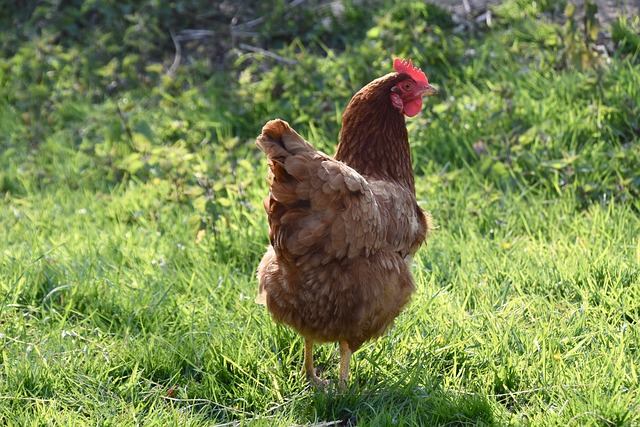
Why Use Bedding in Your Chicken Coops ?
Using bedding in your chicken coops is essential for the well-being and health of your laying hens and other free-range or enclosed poultry. Bedding offers several key advantages in poultry farming.
Firstly, it efficiently absorbs moisture and chicken droppings, thereby helping to maintain a clean and dry environment. As mentioned earlier, the spread of diseases is greatly limited by restricting the moist conditions conducive to the development of parasites and bacteria.
Good bedding should allow chickens to scratch and peck naturally, fulfilling these instinctive behaviors while keeping them occupied. In small farms and backyard coops, chickens can also use bedding for nesting their eggs.
Additionally, bedding acts as insulation, protecting chickens from extreme temperatures in both winter and summer. It also provides extra comfort when they rest on the ground, although chickens mostly sleep perched. 😉
Did You Know ?
Using plant-based bedding promotes composting of fecal matter and food waste. Simply introduce soiled bedding into your composter from time to time to enrich the pH of your soil for cultivation.
Different Types of Possible Poultry Bedding
1. Straw Bedding
Advantages :
- Easy to spread around the coop area
- Can be composted once used
- Low cost
- Availability (individuals can request from local farmers)
Disadvantages :
- Bulky to handle
- Poor moisture absorption
- Requires frequent replacement to avoid odors
- Very slow to decompose
- Dusty and allergenic
2. Sand
Advantages :
- Very absorbent
- Easy to clean
- Can be easily disinfected
Disadvantages :
- Very heavy to handle
- Requires adequate drainage to prevent stagnant moisture
3. Sawdust
Advantages :
- Absorbs moisture
- Easy to find and often economical
- Can be composted
Disadvantages :
- Dusty and highly volatile
- Requires adequate ventilation
- Needs regular replacement to maintain cleanliness
4. Wood Shavings
Advantages :
- Absorbs moisture and odors well
- Available in different sizes and wood types
Disadvantages :
- Can be more expensive than other options
- Requires regular replenishment to maintain effectiveness
5. Newspaper
Advantages :
- Economical and recyclable
- Easy to obtain
Disadvantages :
- Doesn’t retain moisture well
- Needs frequent changing and can become messy
- Odor presence
- Possible chemical reaction between ink and urine resulting in toxic gas release
6. Hay Bedding
Advantages :
- Soft to touch, comfortable for chickens
- Can be eaten by chickens as a source of supplementary fiber
Disadvantages :
- Less absorbent than other beddings
- Difficult to clean
- Can develop mold
7. Flax Straw
Advantages :
- Very absorbent
- Lightweight and easy to handle
- Can be composted
Disadvantages :
- More expensive than traditional straw
- Harder to find
8. Hemp Bedding
Advantages :
- Exceptionally comfortable due to fine granularity
- Absorbs moisture and odors very well
- Can be composted once used
Disadvantages :
- More expensive than traditional straw (except in the long term)
- Harder to find
How to Arrange Your Poultry Bedding ?
To properly arrange bedding in your chicken coop, follow these steps :
- Clean the Coop: Carefully remove old soiled bedding and debris before adding new bedding.
- Spread New Bedding: Ensure to evenly cover the coop floor with a layer of fresh bedding.
- Maintain Adequate Thickness: The bedding should be thick enough to effectively absorb moisture and odors. Generally, a layer of about 5 to 10 cm is recommended at the bottom of your chicken coop.
- Monitor and Adjust: Regularly monitor the condition of the bedding. If it becomes damp or starts emitting odors, add a fresh layer on top. If it remains dry and clean, simply stir the bedding to distribute it evenly.
- Periodic Replacement: Although bedding is designed to last, it should be completely replaced based on the number of chickens, coop size, and type of bedding used. Generally, plan for replacement every month except for hemp bedding (which lasts up to 6 months by replacing only wet parts).
In Summary
Comfortable and suitable bedding allows chickens to satisfy instinctive behaviors while providing a clean and dry environment that limits the spread of parasites and diseases.
Various types of beddings are available to accommodate and shelter your chickens.
Aubichick offers its hemp bedding dedicated to your chickens !
Our animal bedding is guaranteed GMO-free. 👌
Production is entirely made in France. 📍
Aubichick is suitable for all bird and poultry species. ✅
